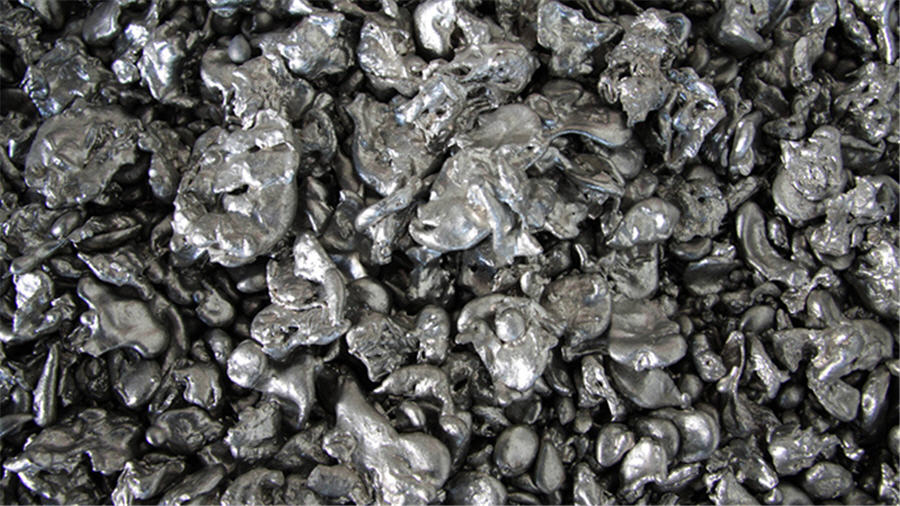
(The opinions expressed here are those of the author, Andy Home, a columnist for Reuters.)
Nickel is making a comeback.
A strong pandemic recovery rally was rudely interrupted in March, when China’s Tsingshan Group said it intended to produce battery-grade nickel at its Indonesian operations.
Converting what is currently a process stream for Tsingshan’s stainless steel production to an input for electric vehicle cathode chemistry would undermine nickel’s bull narrative of a looming shortfall of battery-quality metal.
The London Metal Exchange (LME) three-month nickel price slumped from a seven-year high of $20,110 per tonne to $15,665 over the first half of March.
It has since clawed its way back to a current $18,400 with ripples of tightness appearing across nearby time-spreads against a backdrop of falling LME inventory.
Nickel’s current revival has very little to do with either Indonesia or battery demand.
Rather, it’s down to a combination of a resurgent stainless steel sector and a lengthening list of production hits in the world outside Indonesia.
You could call it the revenge of nickel’s old fundamentals.
The Shanghai Futures Exchange’s (ShFE) stainless steel contract has just overtaken the hot rolled coil contract as the best performer within the domestic steel complex.

What’s noteworthy is that the stainless steel rally has been a relatively slow-burn affair. Stainless didn’t get caught up in the broader speculative surge into the ferrous complex in early May, a rush of money which has generated a multi-pronged government campaign against “excess speculation”.
Rather, the alloy has hit life-of-contract highs despite the multiple official efforts to damp down commodity price inflation.
That attests to the strength of the local stainless steel sector, which has come roaring back from China’s pandemic lockdown in the first half of last year.
China’s stainless output surged by 19% year-on-year in the fourth quarter of last year and by an eye-watering 37% in the first three months of 2021, according to the International Stainless Steel Forum.
The boom shows every sign of continuing with a tight physical supply chain evidenced by the backwardation structure on the Shanghai forward curve.
China is leading the metallic recovery once again but stainless production in the rest of the world has also been enjoying a sharp recovery bounce with growth of 12% in the first quarter.
Electric vehicles may be the future buzz for nickel, but stainless steel is the current driver. Synchronised recovery in what remains the largest end-use sector for nickel is the bedrock of the current price revival.
Global nickel usage jumped by 23% in the first five months of 2021 relative to last year, according to the International Nickel Study Group (INSG).
The Group’s latest assessments suggest a global market supply deficit of 61,200 tonnes in January-May.
That might seem surprising given the recent market focus on just how much production is ramping up in Indonesia as others try and follow Tsingshan down the ore-to-battery processing route.
Indeed, Indonesia’s mined and refined nickel output grew by 47% and 55% respectively in January-May, underpinning a 9% rise in global primary production, according to the INSG.
However, away from Indonesia the supply chain has been taking multiple hits.
Russia’s Norilsk Nickel reported a 28,000-tonne, or 26%, fall in first-half production following the flooding of two mines in March this year.
The Oktyabrsky mine resumed full production by the middle of May, the company said. However, “a larger-than-expected volume of recovery work” is capping throughput at the Taimyrsky mine at around 80% with full operations only seen in November.
Reduced sales from the world’s second largest producer outside of Indonesia are tightening up physical markets, particularly in North America, where physical premiums are high and still rising.
Nickel has recently been absorbed by the seemingly inexorable build-out of capacity in Indonesia
U.S. nickel buyers are facing a double whammy with a key local supplier – Vale’s Sudbury operations in Ontario – closed due to strike action since the start of June.
Vale, which is the world’s largest producer after Tsingshan, reported a 15% year-on-year slide in second-quarter nickel production with the strike compounded by unscheduled maintenance at the Clydach refinery in Wales.
Talks with union negotiators have restarted at Sudbury, according to local media reports, but everyone remembers the last walk-out in 2009, which was only settled after a year.
Meanwhile, local protests in Papua New Guinea have forced the temporary suspension of Glencore’s Koniambo nickel plant, while the Ambotovy mine in Madagascar is still ramping up after a year’s Covid-19 closure.
The supply landscape right now is a challenging one, particularly for the high-purity forms of nickel normally supplied by Norilsk and Vale.
This shortfall of Class I material has caused a rush on metal held in LME warehouses.
LME inventory has fallen from an April peak of 264,606 tonnes to a current 220,074 tonnes with stocks of in-demand briquettes now down by over 37,000 tonnes on the start of the year.
LME time-spreads have become more volatile, the benchmark cash-to-three-months period flipping into backwardation last month for the first time since November 2019. It has returned to contango but only tentatively so, last quoted at $10 per tonne.
This tightness in both paper and physical markets wasn’t expected.
Nickel has recently been absorbed by the seemingly inexorable build-out of capacity in Indonesia thanks to Tsingshan’s giant nickel processing experiment.
It’s key to the longer-term battery story and one which has taken on a distinctively bearish slant.
But right now, it’s nickel’s old-fashioned fundamentals of strong stainless steel demand and a stretched supply chain that is determining the immediate pricing landscape.
(Editing by David Evans)
Comments